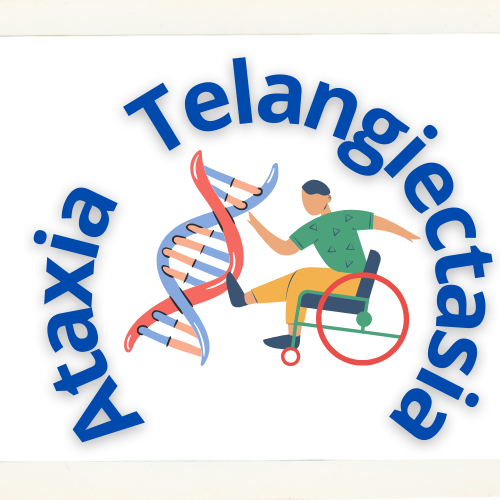Author information
- 1
- Department of Pediatrics, The Edmond and Lily Safra Children's Hospital, 52625, Tel- Hashomer, Israel. krautalex@gmail.com.
- 2
- Sackler Faculty of Medicine, Tel-Aviv University, Tel-Aviv, Israel. krautalex@gmail.com.
- 3
- Department of Pediatrics, The Edmond and Lily Safra Children's Hospital, 52625, Tel- Hashomer, Israel.
- 4
- Pediatric Gastroenterology Unit, The Edmond and Lily Safra Children's Hospital, Tel- Hashomer, Israel.
- 5
- Sackler Faculty of Medicine, Tel-Aviv University, Tel-Aviv, Israel.
- 6
- Pediatric Pulmonary Unit, The Edmond and Lily Safra Children's Hospital, Tel- Hashomer, Israel.
- 7
- Pediatric Radiology Unit, The Edmond and Lily Safra Children's Hospital, Tel- Hashomer, Israel.
- 8
- The Claudio Cohen Department of Pediatric Intensive Care, The Edmond and Lily Safra Children's Hospital, Tel- Hashomer, Israel.
Abstract
BACKGROUND:
Ataxia telangiectasia (AT) is a rare, multi-systemic, genetic disorder. Mutations in the ATM gene cause dysfunction in cell-cycle, apoptosis and V (D) J recombination leading to neurodegeneration, cellular, humoral immunodeficiencies and predisposition to malignancies. Previous studies have suggested that a sub-group of AT patients with elevated IgM levels have a distinct and more severe phenotype. In the current study we aimed to better characterize this group of patients.
METHODS:
We performed a retrospective review of 46 patient records, followed from January 1986 to January 2015 at the Israeli National AT Center. Demographic, clinical, radiological, laboratory data was reviewed and compared between AT patients with elevated IgM levels (EIgM) and patients with normal IgM levels (NIgM).
RESULTS:
15/46(32.6%) patients had significantly elevated IgM levels. This group had a unique phenotype characterized mainly by increased risk of infection and early mortality. Colonization of lower respiratory tract with Mycobacterium gordonae and Pseudomonas aeruginosa as well as viral skin infections were more frequent in EIgM patients. Patients with NIgM had a significantly longer survival as compared to patients with EIgM but had an increased incidence of fatty liver or cirrhosis. T-cell recombination excision circles and kappa-deleting element recombination circle levels were significantly lower in the EIgM group, suggesting an abnormal class switching in this group.
CONCLUSIONS:
EIgM in AT patients are indicative of a more severe phenotype that probably results from a specific immune dysfunction. EIgM in AT should be considered a unique AT phenotype that may require different management.
KEYWORDS:
AT; Class switching; Complications; Elevated IgM; Immunoglobulins; Lung functions; Phenotype
- PMID:
- 29866155
- PMCID:
- PMC5987459
- DOI:
- 10.1186/s12887-018-1156-1
